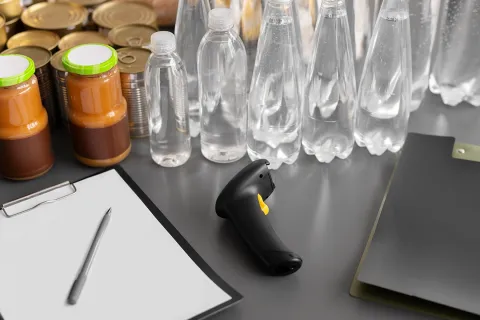The European Union (EU) has recently introduced a new regulation, which is aimed at reducing, reusing, and recycling packaging waste. This regulation, known as the Packaging and Packaging Waste Regulation (PPWR), is designed to expand the current directive, contributing to the harmonization of existing packaging laws.
Key Directives and Deadlines
All packaging (except for lightweight wood, cork, textile, rubber, ceramic, porcelain, and wax) must be recyclable by fulfilling strict criteria under the new rules. The measures establish minimum targets for recycled content in plastic packaging and set recycling targets based on the weight of packaging waste. The regulation mandates that online retailers and other businesses are responsible for the disposal and recycling of packaging waste, in line with extended producer responsibility principles.
The PPWR is anticipated to be implemented by late 2024 or early 2025. Until then, the existing directive and its amendments will remain in effect.The regulation sets specific targets for recycling, including a minimum recycling rate of 55% for all packaging by 2025, 60% by 2030, and 70% by 2035.
Compliance and Enforcement
Compliance with the new regulation is crucial for manufacturers of consumer products. The regulation requires the establishment of producer responsibility schemes for all packaging, which means that manufacturers will be responsible for the waste generated by their products. This includes ensuring that packaging is recyclable, reusable, or biodegradable. To comply with the regulation, manufacturers should:
- Design for Recyclability: Ensuring that packaging is easily recyclable and reusable is vital for a circular economy, as it helps minimize waste and conserve resources. Manufacturers need to prioritize recyclable packaging and source ingredients and materials in a sustainable manner, to make the entire supply chain eco-friendly. This approach reduces packaging waste, promotes recycled materials, and supports a greener economy.
- Use Recycled Materials: Manufacturers must incorporate a minimum percentage of recycled materials into packaging. However, packaging for pharmaceuticals and medical devices is exempted from the recycled content requirements until 2035.
- Implement Extended Producer Responsibility: Manufacturers should take responsibility for the waste generated by their products.
- Monitor and Report: Manufacturers must keep track of the packaging waste generated by their products and report on the recycling rates.
The emergence of sustainable packaging brings both opportunities and challenges for consumer product registration and compliance. Utilizing sustainable packaging materials and methods allows manufacturers to reduce their environmental impact, enhance brand image, and meet regulatory requirements. However, issues such as high costs and material compatibility need to be addressed through collaboration, innovation, and strategic implementation. Overcoming these challenges will enable manufacturers to embrace sustainable packaging and contribute to a more environmentally conscious future.
Freyr’s team offers comprehensive regulatory support for sustainable packaging and ecolabeling, including compliance assessments, gap analysis, testing, and guidance on ecolabel schemes and claims. Additionally, the team also has expertise in recycling logo compliance, Post-consumer Recycled (PCR) material, flushability requirements for personal hygiene products, understanding of Extended Producer Responsibility (EPR), Producer Responsibility Organization (PRO), and assistance in complying with greenwashing regulations and understanding waste handling requirements.










